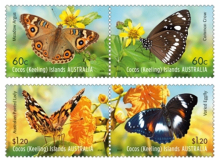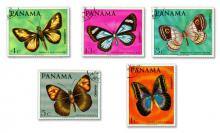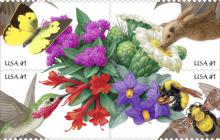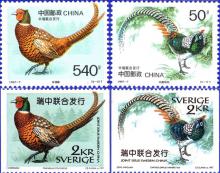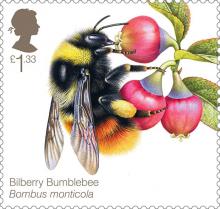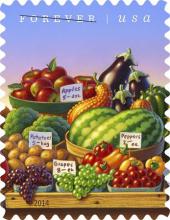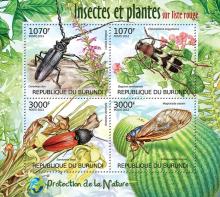Two-Thirds of British Butterfly Species Are in 'Severe' Decline
Butterfly experts are calling on Britain’s gardeners to help slow the decline in numbers of the country’s most common butterflies. According to wildlife charity Butterfly Conservation, 44 out of the country’s 58 butterfly species have seen a drop in their populations, leaving some species at risk of extinction in the U.K. Common butterflies of the general countryside as well as specialist butterflies that require particular habitats have declined. The charity launched a Garden Butterfly Survey at the beginning of March, asking participants to count the number of butterflies they observe each month, in a bid to raise awareness and monitor butterfly populations. Richard Fox, head of recording at Butterfly Conservation, tells Newsweek that the dramatic decrease in the number of garden butterflies is “severe and statistically significant.”

